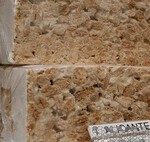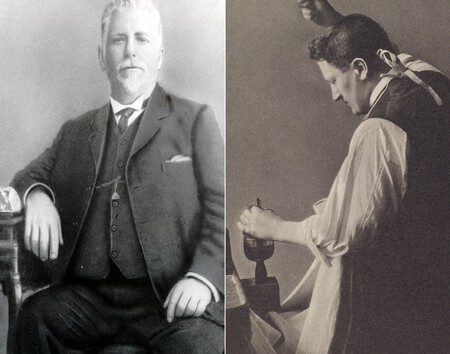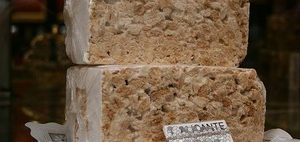On January 25, 1905, Frederick Wells was about five meters deep inspecting a diamond mine called Premier near the city of Pretoria, in South Africa. Wells noticed something no other site worker had seen before: a stone glowed in the dark underground place.
According to the Royal Collection Trust, the stone was analyzed that same day at the mine office and it was determined that it was a diamond measuring 10.1 x 6.35 x 5.9 cm and 3,106 carats (621.2 grams). It was not just any stone, but the largest rough diamond in the world. A marvel with notable features.
A diamond with unique characteristics
The diamond not only stood out for its dimensions and purity; It also did so because of its “light bluish white” color. As we can see in the images, some of its sides were smooth, suggesting that it had once been part of a much larger piece that had ended up fragmented by natural forces over time.
Thomas Cullinan, the owner of the mine, decided to exhibit the piece at the Standard Bank in Johannesburg, although it was later stored safely until its subsequent transfer to London. To all this, as interest in the piece grew, the press referred to it as the “Cullinan Diamond” in the newspapers.

Frederick Wells (left), Joseph Asscher (right)
The move to London was a real challenge. Since it was feared that someone might try to orchestrate a robbery, a boat trip with escorts was arranged. However, this was just a distraction measure. The diamond actually arrived at its destination through an independent voyage and was later acquired by the Transvaal government in order to present it to King Edward VII.
As told by Cape Town Diamond Museum, Cullinan was presented to the monarch on his 66th birthday in 1907. While valuable and amazing in its natural state, it was entrusted to noted Dutch diamond cutter Joseph Asscher to do what he did best, which was cutting diamonds. The problem was that he had never had to deal with similar harshness.


The diamond in its original state
Asscher prepared his best steel blade to accomplish his task, but the first blow did not work. The diamond remained intact, although the steel blade was damaged. Today we have many resources to work with diamonds, but at that time the alternatives were limited. There was a lot of manual work, so dividing it took around eight months.


The nine major stones resulting from the division
The result was nine main stones, which were numbered, and 96 smaller unpolished stones. The Cullinan stones I and II were embedded in the Sovereign’s Scepter and the Imperial State Crown respectively. Cullinan VI and VIII became a gift from King Edward VII to Queen Alexandra. Some remained in the hands of Asscher in payment for his work.

Others were purchased by the South African government as a gift for Queen Mary in 1910. Today, Cullinan I and II are part of the British Crown Jewels and are displayed in the tower of London. The diamond that Queen Mary used to wear was used as a brooch by Queen Elizabeth II. Since these are pieces with great historical and cultural importance, it is difficult to estimate a precise price, which is why they are considered to have an “incalculable” value.
Images | Royal Collection Trust
In Xataka | Synthesizing diamonds is not an easy or quick task. These scientists have managed to do it in just 15 minutes














Add Comment